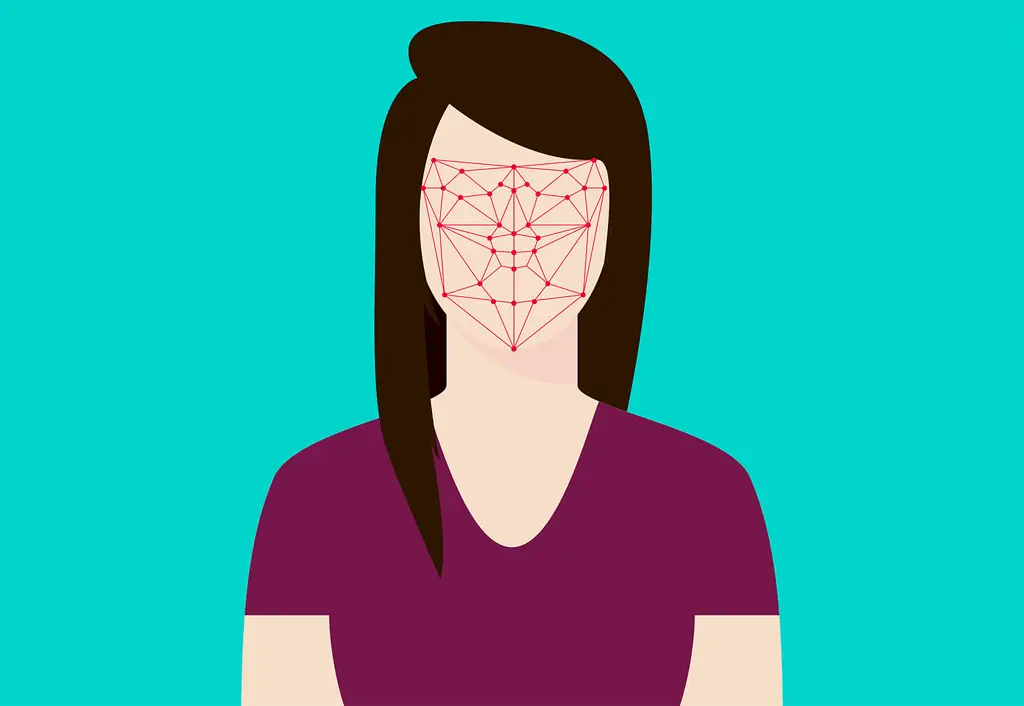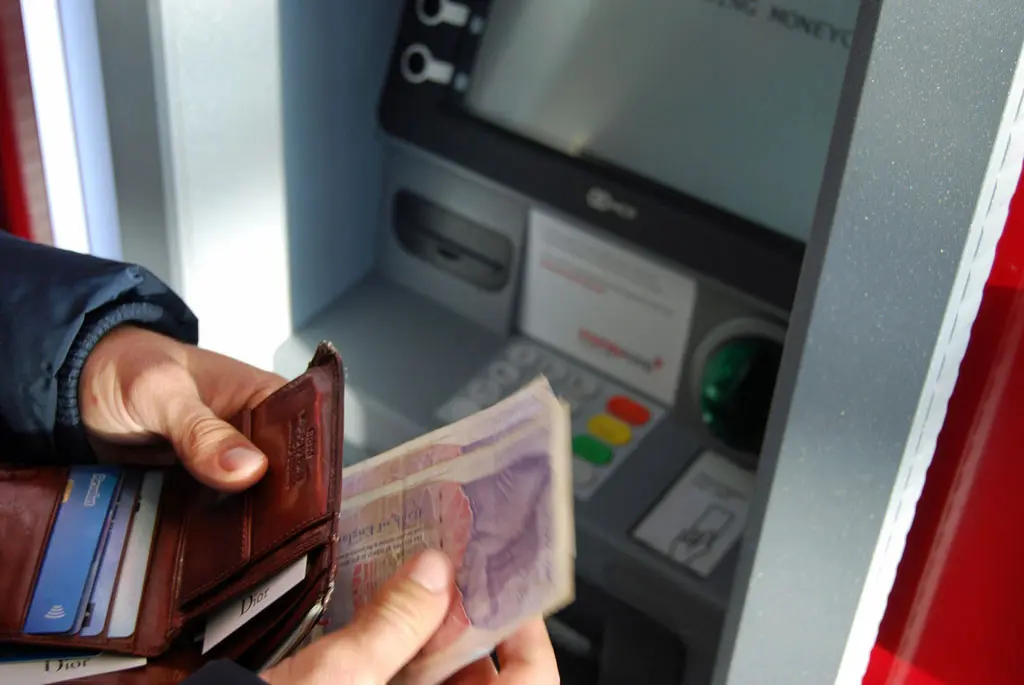It was once the dream of science fiction – technology that could be used to recognize and identify a person and was often used to grant them access to a secure area or computer system. For decades it seemed like something that would never happen, like phaser beams or a sonic screwdriver.
Yet in 2020, facial recognition is not just a possibility that scientists and computer wizards deem to be feasible, it is a reality.
We’re all familiar with the facial recognition used to unlock our smartphones through Apple’s Face ID and the equivalents on Android devices. Many would consider this as a great feature that makes unlocking their phone more convenient, although there are security tradeoffs to be made.
Most notably, for a while, it was possible for someone to unlock your phone while you were asleep by holding the phone in your direction. However, most devices now require your eyes to be open for it to unlock.
Aside from the convenience of being able to unlock our phones without using our hands, here are some other ways that facial recognition could be used.
Retail
Facial recognition technology could be used by retail businesses to alert security guards and other employees to the fact that a known shoplifter has entered the store. Similar technology is already used in land-based casinos, where guests have their photo taken to the gaming area. This checks them against a database of people who have been banned from entering, and those who have shown suspicious behavior in the past.
For security purposes, since 2019 a new piece of EU legislation has enforced that all online payments within the EU have to go through an extra step of authentication, this can be via SMS or email, through your mobile app or even by using your biometrics, including your fingerprint or through facial recognition.
It could also be used for administering loyalty schemes, removing the need for plastic cards. You could be recognized on your way in and have special offers and discounts applied to you automatically.
Secure ATMs
Automated Teller Machines (ATMs) are ubiquitous around the world, providing easy access to cash without the need to stand in a long line at the bank. They’re also pretty secure since you need to have your bank card and a 4-digit pin number to get access to your account.
However, ATMs have also been the target of criminals who use skimming devices to copy your card and cameras or false keyboards to learn your PIN number. There are several techniques that banks have used to protect against this, most of which involve changing the design of the machines and installing CCTV to catch anyone trying to tamper with them.
However, facial recognition could be a great way to increase security. This would mean that a criminal wouldn’t be able to access your money, even if they had stolen your card. Using it in combination with the PIN would make it even more secure since it would use three different methods of authentication (the card, the PIN, and your face).
Personalised Ads
We’re all used to having advertisements that are tailored to us when we’re surfing the internet. However, when we’re in the real world, the contrast is sharp. Since ads can’t be targeted to us personally, we’ll see promotions for brands we would never be interested in or products we don’t have a need for.
However, with facial recognition, this could be made possible. In the US, Walgreens has already been trialing this. The cameras detect a customer’s age and gender using facial recognition; this information is then combined with other information, such as whether it’s hot outside, and the customer’s reactions to products when they look at them.
The product displays can then respond to this, guiding you to products the system thinks you will like more. This could mean that one person sees signage for a Coca-Cola drink, while someone else is shown branding for bottled water.
These are some interesting and potentially promising applications for facial recognition technology. However, they pose security and privacy concerns that will continue to be debated for a long time to come.
There may also be issues with the compatibility of such technologies with increasing restrictions around data protection, such as the General Data Protection Regulation introduced by the EU.














